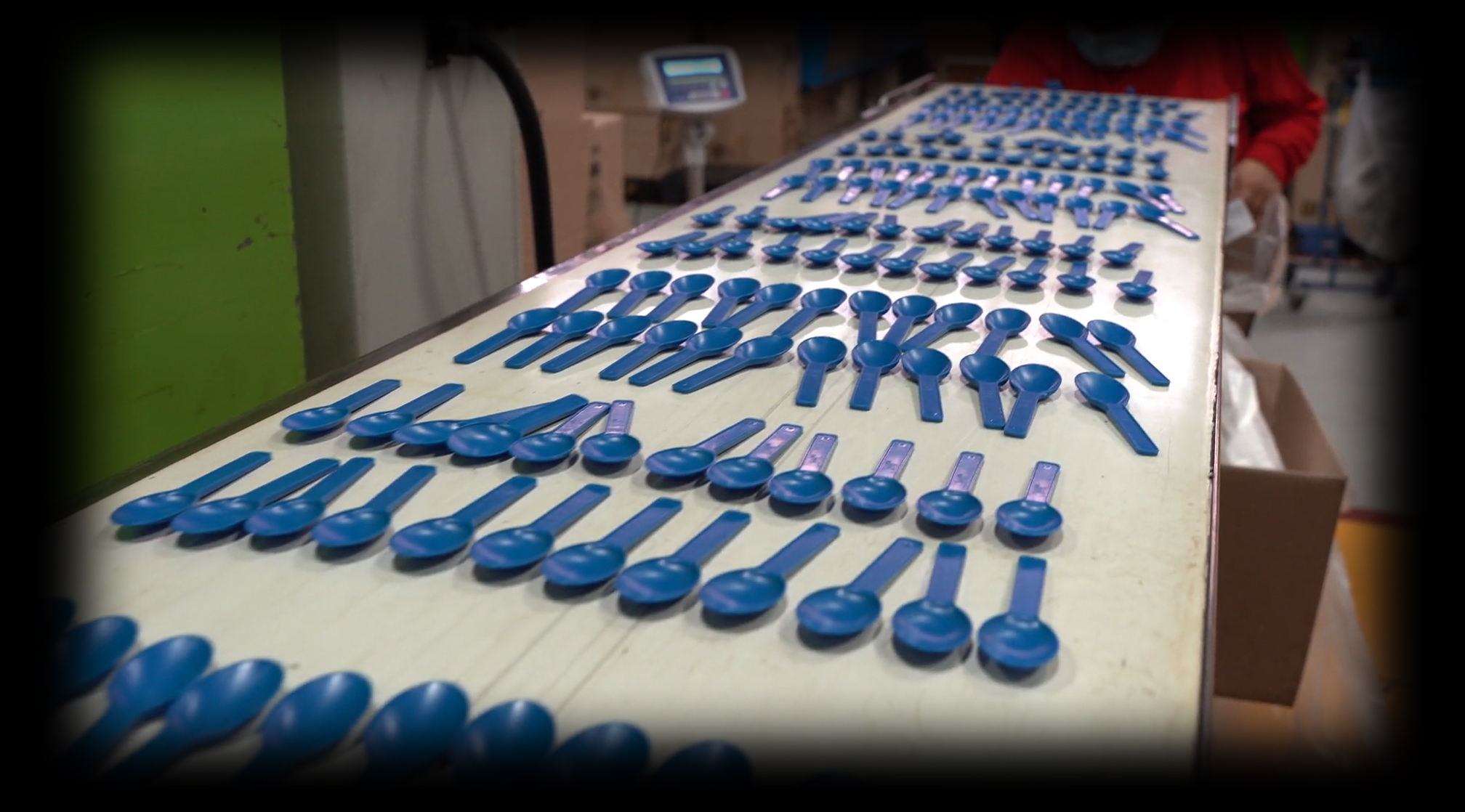


Plastic is of course vital in many ways to our modern way of life and well-being—but not all forms of plastic. Nearly half of the over 400 million tons produced each year is made into packaging, most of it becoming single-use products including grocery bags, food containers, wrappers, plastic bottles, straws and cutlery—waste that doesn’t decompose. Only a tiny fraction of it is recycled, and much of it cannot be recycled.
It’s estimated over 8 million tons of this disposable stuff enters the ocean each year, forming massive gyres the size of Texas. Hundreds of species including seabirds, sea turtles, marine mammals and fish are killed each year after mistaking it for food. And scientists now understand the gyres account for only about one percent of the ocean plastic.
A recent study found that 99.8 percent of plastic that’s entered the ocean since 1950 has sunk below the surface, with 10,000 times more plastic particles found on the seafloor. But the problem doesn’t stop there. The Center for Biological Diversity estimates that fish in the North Pacific ingest 12,000 to 24,000 tons of plastic each year, which transfers up the food chain to bigger fish, marine mammals, and then to human seafood consumers. A study by researchers from U.C Davis found that a quarter of the fish at markets in California contained plastic in their guts, mostly in the form of plastic microfibers.
© 2025 Habitat Media. All Rights Reserved